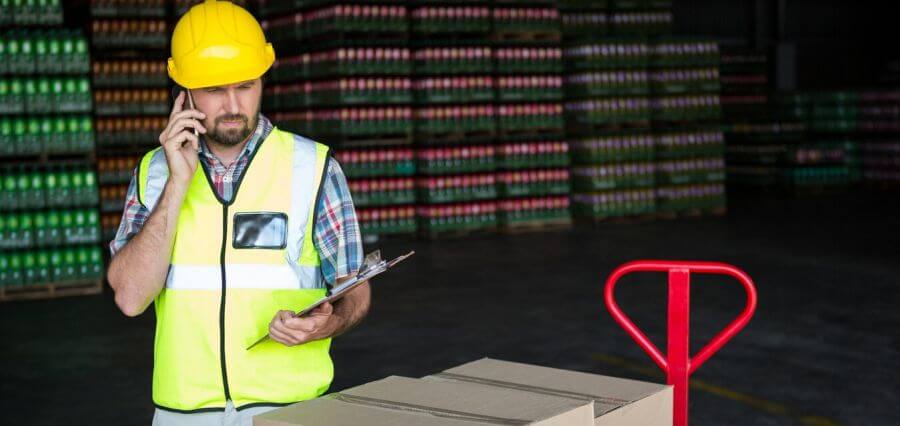Loading and unloading form an important part of the day to day running of many businesses. and there are some very important health and safety procedures that should be adhered to. Employers must ensure maximum safety for employees undertaking such tasks. As a general rule, the operations that are associated with loading and unloading need to be carried out in the designated areas of your warehouse in order to help keep safety protocols in place. Those individuals who work in these areas should follow the instructions and procedures that are in place, and these instructions should, of course, follow best practice where possible.
These tasks and their hazards can be broken down into three categories, so lets take a look at each one in detail.
Parking
Before any unloading or loading can take place, it is essential for the vehicle that is transporting the load to be properly secured. If it is still moving, if it is not braked or stabilised then it is not safe. Best practice for parking includes:
Ensuring that the designated parking space for a vehicle is firm and the ground is level
Ensuring that the parking brakes are fully engaged
Ensuring that all of the stabilisers are extended fully
Making sure that wheel chocks are being used
The hazards that are associated with a vehicle that is parked on unlevel ground or that is not fully stable is that when you open the doors there is a chance that the contents of the vehicle could shift and topple. This could result in a crushing accident. If the brakes are not fully engaged there is a chance, allbeit a small one, that the vehicle could roll. This is incredibly dangerous to those who are loading or unloading.
Once you have ensured that you have followed these steps then you can either load or unload the vehicle.
Loading
How you load a vehicle is important not only for the safety of the staff undertaking the loading but also for those who will be unloading it when it gets to its destination. Again, following best practice will ensure the safety of all of those who are involved. It is also important to remember that a properly loaded vehicle is much safer for the person who will be driving it as well.
Make sure that the vehicle is not overloaded
Make sure that heavier items are stacked at the bottom with lighter items on top
Ensure balanced weight distribution by spreading the load out evenly
Make sure that the load is secured and lashed properly
When you follow all of these practices you help to reduce the risk of good falling out of the vehicle on opening. This reduces the risk of any cuts, bruises and crushing injuries occurring. A balanced, secured load is much safer during transit as well. After all, if a heavy load shifts in the back of a vehicle it can cause issues for the driver and may even result in a traffic accident occurring.
Unloading
As important as the way in which you load a vehicle is the way in which it should be unloaded to make sure that there are no injuries to those who are doing the unloading.
Before you start unloading make sure that the contents of the vehicle has not shifted during transportation
Check that all of the equipment that you will need to use to unload the vehicle is working as it should be
Make sure that the unloading is done on an area that is firm and flat
Following all of these steps cannot completely eradicate the possibility of an accident occurring, but it can make it much less likely.


